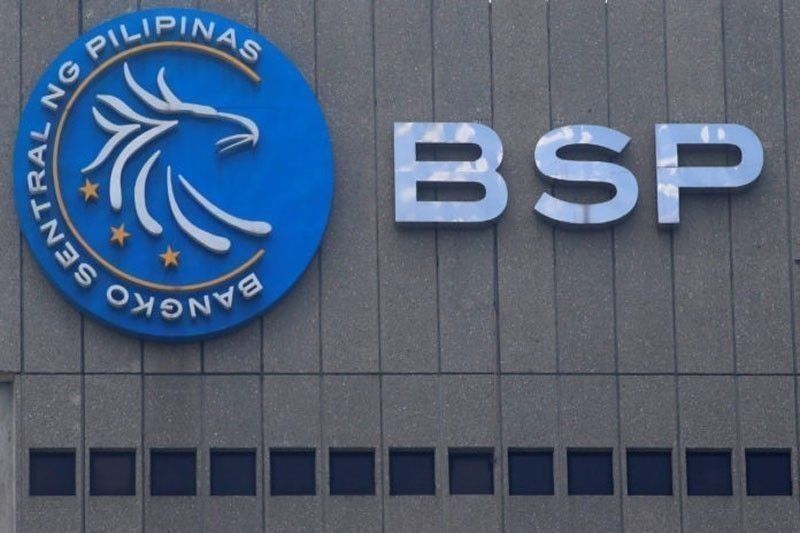BSP further trims bank reserves ratio

Frees up P100 B into financial system
MANILA, Philippines — The level of deposits banks are required to keep with the central bank has been lowered by another 100 basis points to free up about P100 billion into the financial system to support the economy.
The Monetary Board, the policy setting body of the Bangko Sentral ng Pilipinas (BSP), approved the reduction of the reserve requirement ratio (RRR) for big banks by 100 bps to 15 percent from the current 16 percent effective the first week of November.
Likewise, the BSP lowered the RRR for mid-sized banks by 100 bps to five percent from six percent and for small or rural banks also by 100 bps to three percent from four percent.
“The cut in reserve requirements is in line with the BSP’s broad financial sector reform agenda to promote a more efficient financial system by lowering financial intermediation costs,” the central bank said in a statement.
The BSP earlier committed to bring down the RRR level from 20 percent to single-digit level by 2023.
So far, the BSP has lowered the RRR by 500 basis points since last year.
“At the same time, the adjustment in reserve requirement ratios is aimed at increasing domestic liquidity in support of credit activity,” BSP added.
The reduction came as a surprise as the market was expecting the BSP to wait for the release of the latest data on liquidity as well as bank lending scheduled for release on Monday.
On Thursday, the BSP slashed interest rates for the third time this year by another 25 bps, bringing the total reduction to 75 bps so far this year amid the continued downtrend in inflation.
BSP Governor Benjamin Diokno had said the Monetary Board believes the benign inflation outlook provides room for a further reduction in policy rate to support economic growth and reinforce market confidence.
“The Monetary Board’s decision is based on its assessment that price pressures have eased further since the previous meeting,” Diokno added.
According to Diokno, the Monetary Board noted the balance of risks to the inflation outlook have shifted toward the upside for 2020 while it is seen to tilt to the downside for 2021.
“Upside risks to inflation over the near term emanate mainly from volatility in oil prices due to geopolitical tensions in the Middle East and from potential impact of the African swine fever outbreak on food prices,” Diokno said.
The BSP chief, on the other hand, said subdued pace of global economic activity continues to temper the inflation outlook.
Edna Villa, assistant governor for International Monetary Affairs and Surveillance Sub-Sector at the BSP, said the inflation forecast for 2019 was minimally reduced further to 2.5 percent instead of 2.6 percent.
“In the near term inflation will continue to decelerate and reach the lower end of the target range until November 2019 due primarily to base effects as oil and rice prices peaked at the same period in 2018,” Villa said.
Villa added the Monetary Board retained the inflation forecast at 2.9 percent for 2020 and 2021.
“For 2020 and 2021, the baseline forecast reflect the expected recovery in domestic economic growth and positive base effects as the impact of the rice tariffication tapers off,” Villa said.
- Latest
- Trending































